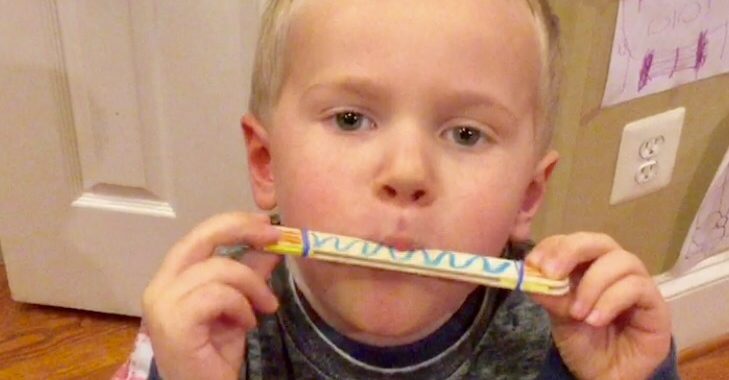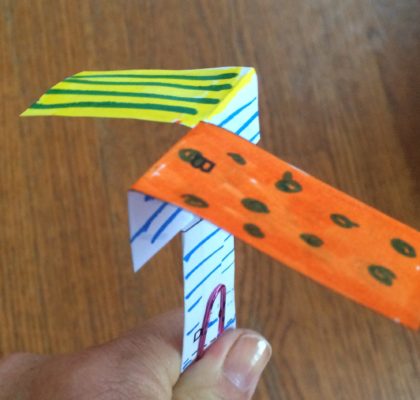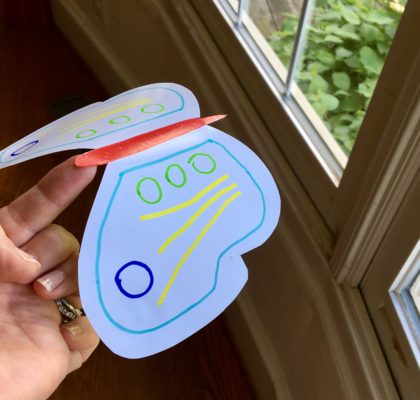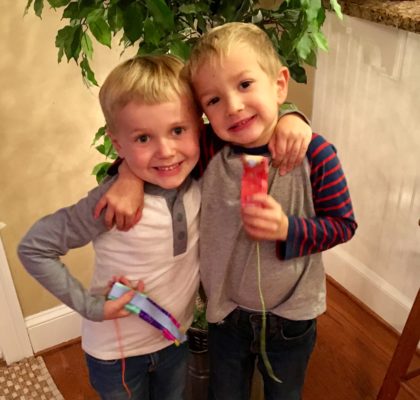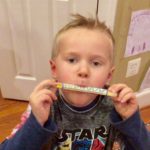 Add to Favorites
Add to Favorites
Make a “Harmonica”
In this science experiment, kids make a simple harmonica and explore the science of sound.
Simple explanation: blowing on the harmonica causes the rubber band to vibrate and make a funny sound. Sound is vibrations, or invisible waves, moving through the air until they hit your ear!
More information:
Sound is created when vibrations cause tiny particles (molecules) to begin bumping into each other. The particles keep bumping into each other – much like a line of falling dominoes – until they reach a receiver, where they are perceived as sound. Because sound waves require a substance to ripple through (such as air or water), there is no sound in vacuums or in places where there is no atmosphere, like the moon!
Your ears are sound receivers. They use an eardrum, several small bones and many nerves to catch sound waves and transmit the information to your brain. From there, your amazing and complex brain is wired to sort out quickly an endless variety of sounds. This allows you to tell one noise from another, as well as to ignore “background noise” and focus on important sounds.
Humans have invented many ways to make sounds. For example, centuries ago, humans discovered that certain things, like a string, hair or wire, produce a unique sound when plucked, hit, or strummed. With this knowledge we have created many stringed musical instruments, such as the guitar, violin and piano. Other musical instruments produce sound when a stream of air is blown across a hole (like a flute) or a reed (like a clarinet), or when vibrations are tapped out on a flat vibrating surface (like a drum).
Safety Notes
Jumbo craft sticks can have small splinters. Be sure to quickly test your batch to make sure they are safe to go into a child’s mouth.
If you decorate the harmonica, the ink or other materials could come off on or in a child’s mouth.
Materials
- Large, wide rubber band - 1 of this item per student
- Small rubber bands - 2 of this item per student
- Small foam shapes - 2 of this item per student
- Jumbo craft sticks - 2 of this item per student
- Markers (optional)
Instructions
See video. We looked at a LOT of DIY harmonica videos online, then made our own adjustments to create a very simple version that even preschoolers can make themselves. The jumbo craft sticks are easiest for little ones, though popsicle sticks work as well. Using precut, self-adhesive foam shapes also makes this project much easier. Enjoy!


